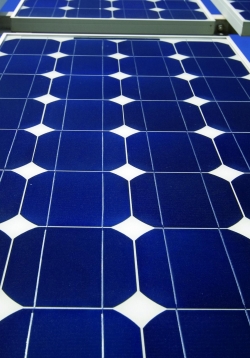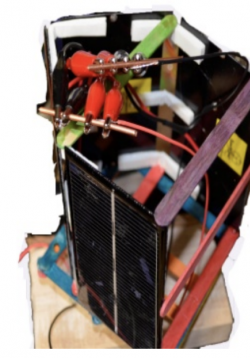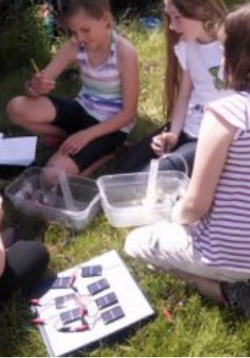How a Solar Cell Works: Photon Simulation
The purpose of this activity is to simulate the movement of electrons at the p-n junction to create an electrical current. Students will play a modified game of musical chairs, where teams will compete against each other while creating their own...
Solar Tracker Challenge
Students will build a simple circuit that can be used to track a light source. This circuit will be used as a springboard for discussion into the engineering design process, solar tracking, and basic electricity and circuits. The simple solar tracker...
Engineering with Renewable Energy: Solar Water Pumping
Students will learn that energy from a renewable resource can be converted to electrical energy to do work by engineering a water pump system powered by the sun. They will compare the volume of water pumped by different designs and graph data collected and...



